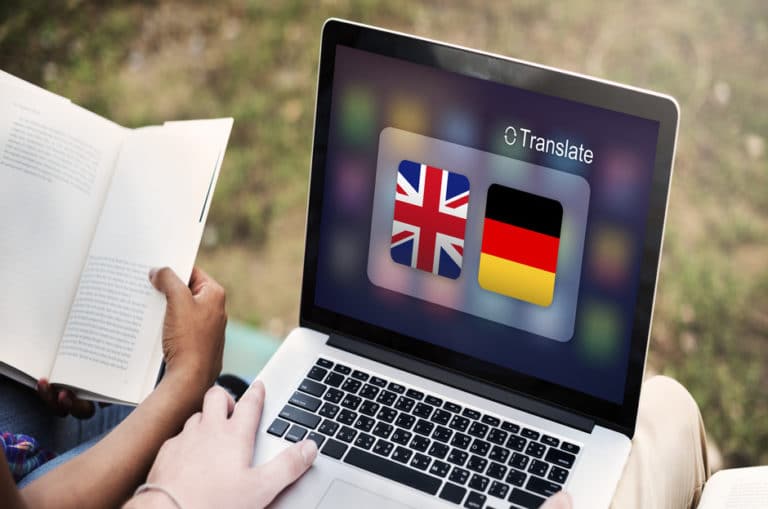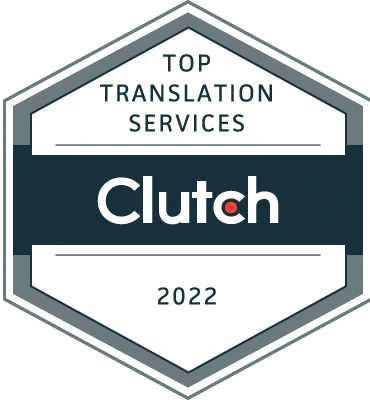By SEO content creation you will be able to attract more traffic to your website, grow the global presence of your business and serve your customers better. Below are four of the essential steps you can take to implement SEO strategies.
International and multilingual search engine optimization is something that your business should try if you have one or more customer segments that speak different languages, or if you cater to customers from multiple countries. Attracting more traffic to your website, growing the global presence of your business, and serving your customers better all become possible if you apply the best international and multilingual SEO practices.
Below are four of the essential steps your business can take to implement the SEO strategies mentioned above.
Which Languages Will You Target?
The very first step is to answer the question, “Which languages will you target?” It’s essential to note that there are actually certain regions that will give you better results, and which are worthy of being prioritized more than others.
You have to review the current analytics of your website to help you identify the languages you have to target.
If Google Analytics tells you that your website is actually getting a lot of visitors from countries that use the Spanish language or are Spanish-speaking, but, say, you’re coming up with an ecommerce or a CBD oil website design and creating content that only targets English-speaking individuals, particularly those who live in the United States, then, you’re missing something out. It also holds for social media messages, emails, and even calls your business receives. It’s easy to know where or from whom these messages and calls are coming by checking the names of the users, the orientation of the email addresses, and the area codes of the numbers used.
If, for example, you find the same analytics on your website as described above, then, it would be best to start targeting a Spanish-speaking audience, too. But, do you really have to implement some changes in your targeting efforts when your current Spanish audience actually speaks and understands enough English? You still do, and the following points will explain it:
- If the targeting of your website remains the same (still focusing on people from the US), chances are you’re only connecting to a Spanish community who happens to know how to speak English, too. While it’s a good thing that you’re able to reach out to them, you’re actually missing out on a larger percentage of Spanish-speaking audiences. And, if you think about it carefully, what happens is that you’re losing more than attracting more visitors.
- Another thing that you could be missing out on is word-of-mouth recommendations. Since your current English-speaking Spanish audience has friends and family who can only speak and understand Spanish, no matter how excellent your product or service in the minds of your existing audience is, they can’t recommend your website to these people.
- You’re also losing conversions since no matter how great your content and how powerful your call-to-action are, your Spanish audience who can only speak enough English won’t find them the same way native speakers do. Well, some might be convinced to buy from you, but the majority of them will surely opt for something more “natural”.
Check Your URL Structures
An entirely different name, a gTLD having language parameters, a subfolder or subdirectory, a subdomain, and a ccTLD or country code top-level domain–these are some of the URL structures that webmasters employ in targeting a particular language or country. Learn more about them below.
- Different domain – You’re going to use an entirely different domain in which you can place your internationalized content instead of putting it together with other non-internationalized content in your non-internationalized site.
- Generic top-level domain with language parameters – You can also append a URL parameter to target speakers of one specific language. Examples of gTLD are .org, .net, or .com.
- Subfolder or subdirectory – You have a root domain, but you’re going to place an internationalized content in a specific subfolder or subdirectory.
- Subdomain – You’re going to use a “third-level domain” wherein you can place your internationalized content. This third-level domain may or may not receive or pass link juice from and to the root domain.
- Country code top-level domain – One of the ways to know in which specific dependent territory, sovereign state, or country a website is currently registered is by checking the two-letter codes at the end of a website’s entire domain. The two-letter code is known as the ccTLD or the country code top-level domain, which actually helps you show to both search engines and users where you do business. However, it’s essential to note that Google treats some country codes generically because they’re commonly used for other purposes. One good example is the .ad ccTLD for Andorra.
Decide Which Content On Your Website To Translate
So, which content do you have to translate on your website? This may seem an easy question to answer since you can actually translate all of your website’s content. And, there’s nothing wrong about it because, of course, translating all your site’s active pages will help provide a consistent experience to users. However, one thing that you have to consider is the up-to-dateness of your content, or whether they’re still all relevant or not.
Make sure to skip blog posts or pages that aren’t of the best quality or don’t convert, as well as rank highly. If you can’t decide where to start with your translations, the ideal thing to do is to start with your website’s best assets. Prioritize your best pages, which you know drive both SEO traffic and conversions. You should also focus on your home page, navigation tools, CTAs, and other main pages that people usually visit on your site.
Making a decision when identifying which content on your website to translate boils down to prioritization. Below is a suggestion on how you can go about it.
- The best-performing English pages on your website should be the top priority.
- Pages that correspond with your target language’s high-volume keywords (second priority). Please take note that it’s crucial to conduct keyword research first since search volumes vary in a given keyword when it gets translated into another language.
Language-Target Your Identified Web Pages
After you identify the content or web pages you’d want to translate, it’s time to do the actual work of language-targeting them. But, how do you correctly do it? Use language meta or hreflang tags. These are bits of codes or tags that indicate to search engines which specific languages your content can handle.
Some other best practices for language-targeting your web pages include:
- Don’t use scripts or cookies – Search engines can’t crawl pages that use cookies or scripts in showing their different-language versions, so it’s a good idea to stay away from them.
- Avoid automatically redirecting users to a different language – Many webmasters commit the mistake of automatically redirecting visitors to a different language just because they’re from a specific location. Such a move could be a problem since you wouldn’t know if a visitor from Germany is a native, an expatriate, or a foreign language student. The best thing to do is to ask by suggesting an alternate site that uses a different language.
- Stay away from machine translations – They aren’t good enough yet, so don’t use them.
- Consistency in language-targeting your website – It means that you have to use your target region’s language consistently from site navigation to help desk. Please take note that if there is content that needs updating, do it before starting the language-targeting process.
Conclusion
Creating content that can cater to different nationalities starts with understanding your customers and how you can best serve them. Identify their needs and customize your content accordingly. The steps above should help you get started with optimizing your web pages for audiences who speak different languages.
Discover our online translation agency.



